Visit telescopic seatpost The telescopic seatpost has become an indispensable MTB peripheral, and not just for serious riding. The advantage of the telescopic seatpost? It lets you easily lower and raise the saddle without having to get off the bike. You can lower the saddle as you approach a technical section, for greater maneuverability and riding comfort. Pressing the control returns you to your original saddle height and ideal pedaling position.
Probikeshop helps you choose the right telescopic seatpost.
All you need to know to choose the right telescopic seatpost
Before choosing the right brand and model, you need to consider a few compatibility points:
Next, you can review the features of your telescopic seatpost:
How to choose the right diameter and length?
The choice of stem dimensions depends directly on your frame, your frame size and your pedaling position.
Your frame will easily give you the right diameter: it naturally corresponds to the inside diameter of the seat tube. Be careful not to confuse the diameter of the seat tube with the diameter of the seat clamp.
To determine the right length, you need to take several factors into account:
The idea is simple: the stem must reach your reference height when reassembled, making full use of its travel, without conflicting with your frame (due to too short or too long an insertion in the seat tube). Smaller frames in particular may restrict your choice of telescopic seatpost. A simple calculation will tell you the maximum length you can aim for:
The result of (total stem length + cable/hydraulic connection height) must not exceed the measurement of (usual saddle height + maximum insertion length).
For safety reasons, manufacturers always indicate the minimum insertion level on the stem.
How to choose the travel?
The choice of travel depends on the overall length of the telescopic seatpost, and vice versa. Travel varies from 50 mm to around 200 mm.
Brands use this travel in 2 different ways: with a "continuous" mechanism or a "notched" ("stepped") mechanism. The continuous mechanism offers infinite adjustment of the available travel, while the stepped mechanism offers predefined positions.
While partly constrained by the geometry/size of your frame, your choice of travel is determined by your riding style. MTB. Smaller travels are better suited to Gravel or Cross-Country use. Longer travels are better suited to Enduro models and larger mountain bikes.
Be careful not to confuse telescopic seatpost travel (the distance over which the seat can rise/fall) with suspended seatpost travel (the vertical movement of the suspension).
Cable, hydraulic or electronic mechanism?
The telescopic mechanism can be operated hydraulically, mechanically or electronically.
The most common connection between lever and stem is the cable model, which is easier to maintain. Hydraulic control uses a hose and oil, which means that the circuit must be bled when the lever begins to tire. Finally, the electronic version offers the most efficient operation and the most streamlined assembly (wireless). It eliminates the physical connection (cable or hose) as well as routing and maintenance issues.
Which control to choose?
The telescopic seatpost is operated by a lever, usually mounted on the handlebars. There are still a few entry-level models with controls integrated under the saddle. The advantage of this configuration is that it's easier to install and maintain, but more complicated to use under full effort.
Take care when choosing your new telescopic seatpost: handlebar controls may be included or sold separately. More and more manufacturers are offering the control as an option, so you can adapt the mounting to your riding position.
If you choose your control separately, you need to consider the following points:
Internal or external routing?
The routing of the sheath or hose is determined by the characteristics of your mountain bike frame. You'll always find telescopic seatposts for external cable routing - the attachment is visible on the intermediate part of the seatpost or under the saddle. When the hose runs inside the frame, the attachment is hidden at the foot of the seatpost.
With or without recoil?
You have a final choice to make: should you opt for a straight telescopic seatpost, or one with a slightly recessed carriage?
A telescopic seatpost that moves the seat backwards can help correct your position. Be careful, however, as the backward movement influences not only your position in relation to the handlebars, but also your position in relation to the crankset. If you're too far back, you risk losing control more easily, as you take the weight off the front. You may also find it difficult to develop your full pedaling power.
Découvrez tous nos conseils & Tutoriels
MTB - Dropper Seatposts
-
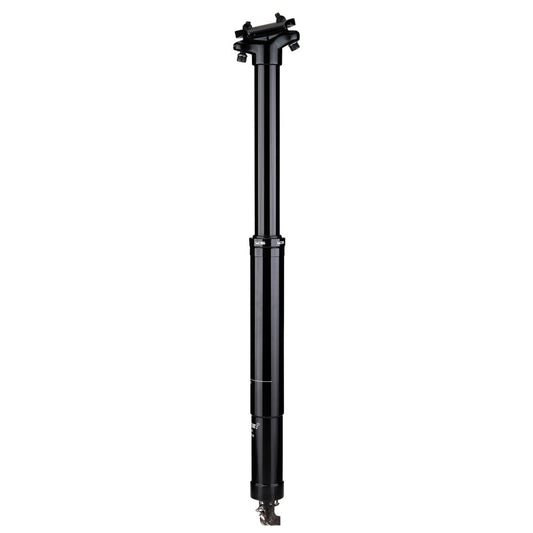
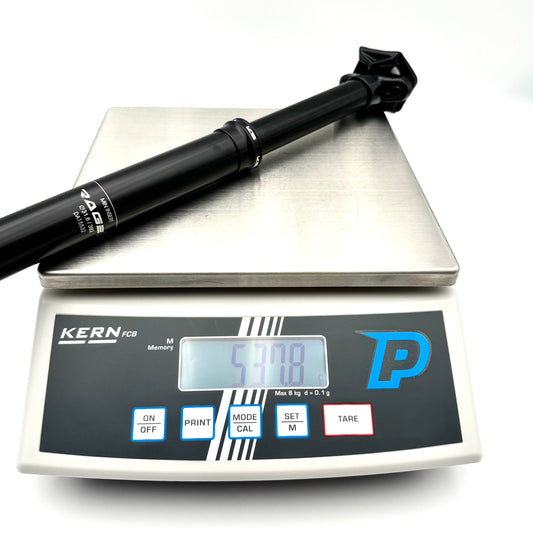
KS KIND SHOCK RAGE INTEGRA Telescopic Saddle Post
Regular price 79,99 €Regular priceUnit price per -
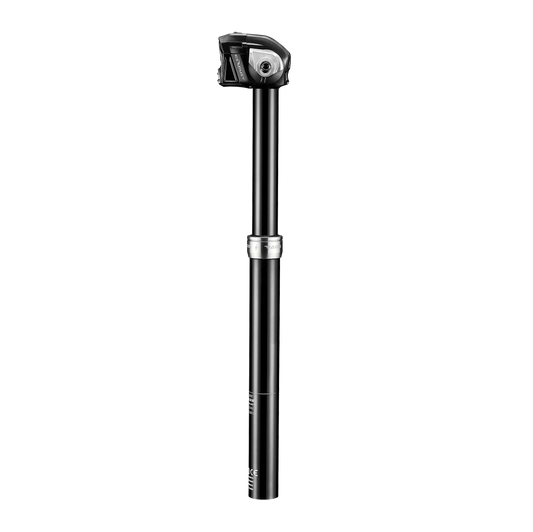
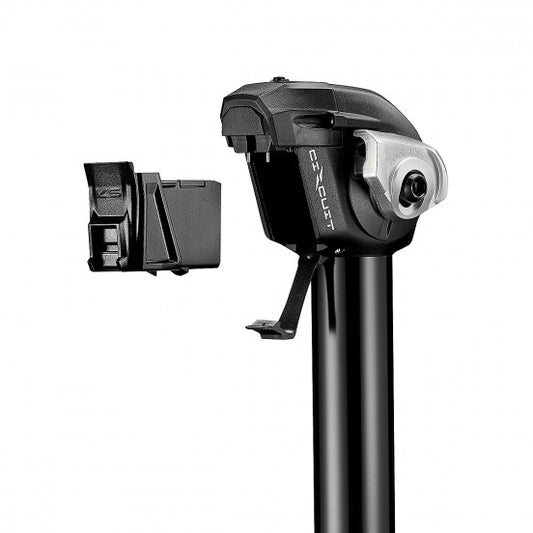
KS KIND SHOCK RAGE CIRCUIT Telescopic Saddle Post with Control System
Regular price 349,90 €Regular priceUnit price per -
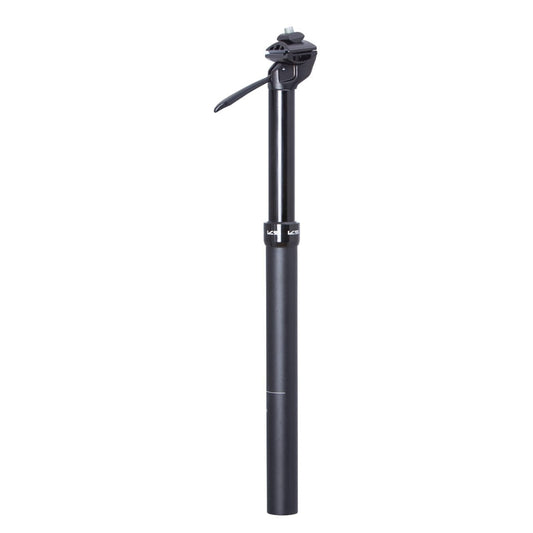
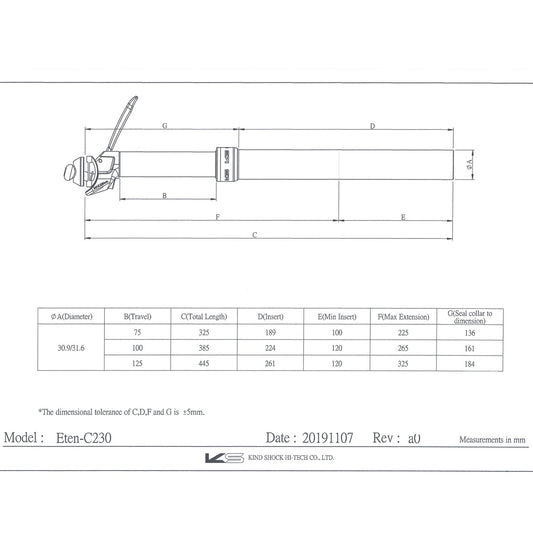
KS KIND SHOCK ETEN Telescopic Seat Post Lever
Regular price 109,90 €Regular priceUnit price per -
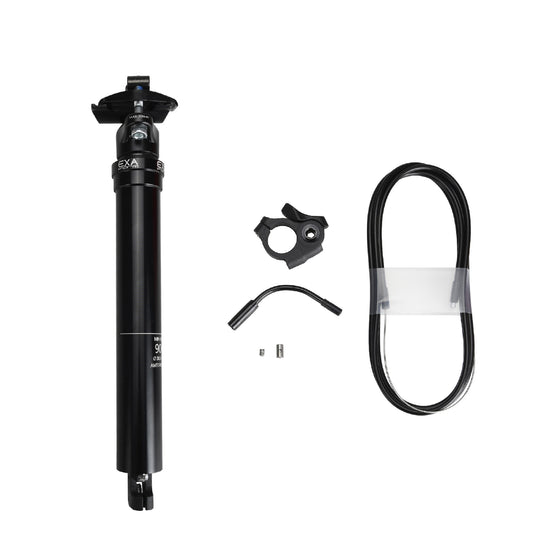
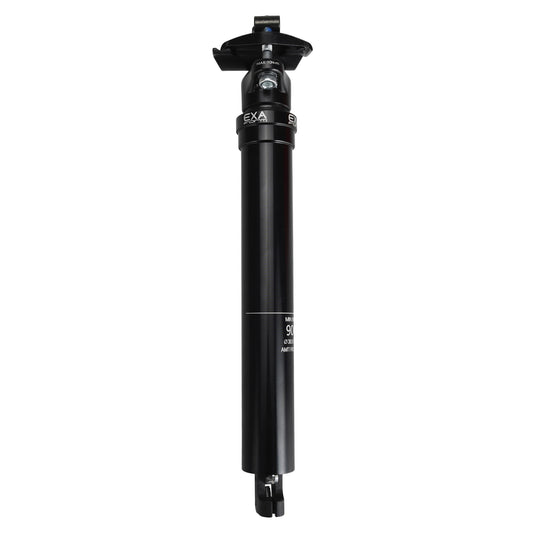
EXAFORM 900-i Telescopic Seatpost With Controls
Regular price From 109,90 €Regular priceUnit price per -

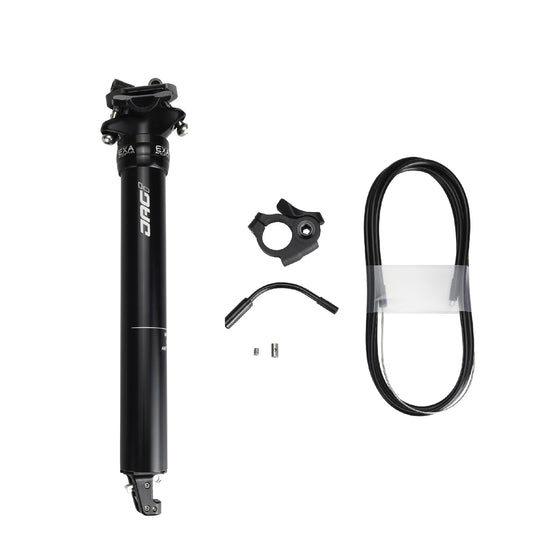
EXAFORM JAG-i Telescopic Seatpost With Controls
Regular price 129,90 €Regular priceUnit price per -
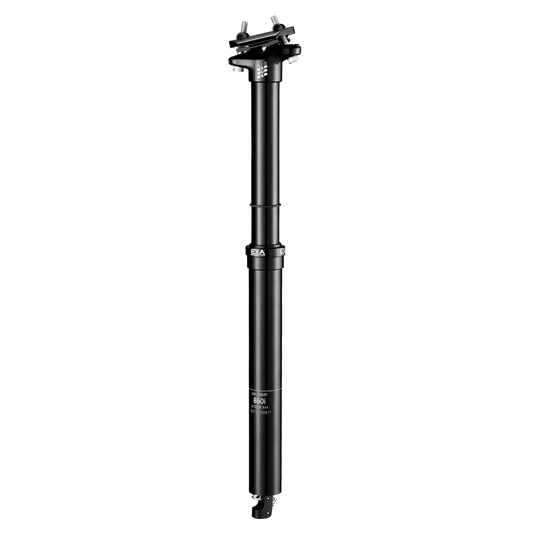
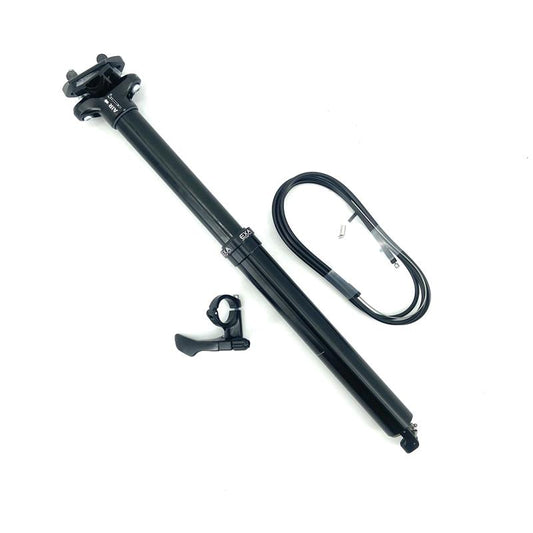
EXAFORM 860-I Telescopic/Suspended Saddle Post With Controls
Regular price 69,99 €Regular priceUnit price per -
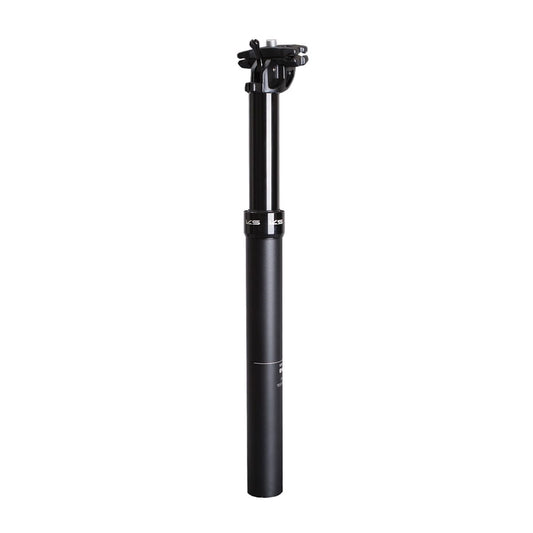
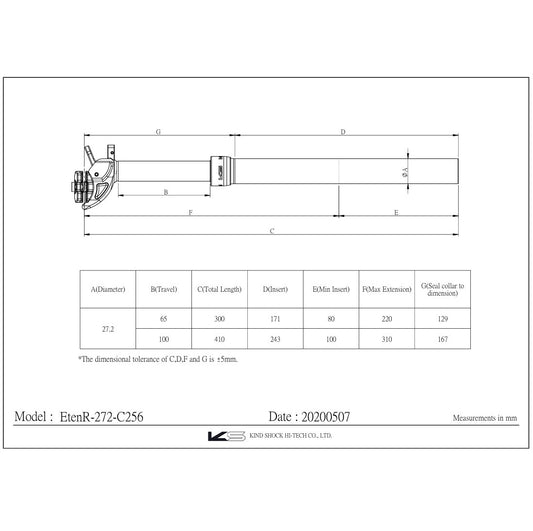
KS KIND SHOCK ETEN telescopic seat post
Regular price 109,90 €Regular priceUnit price per -
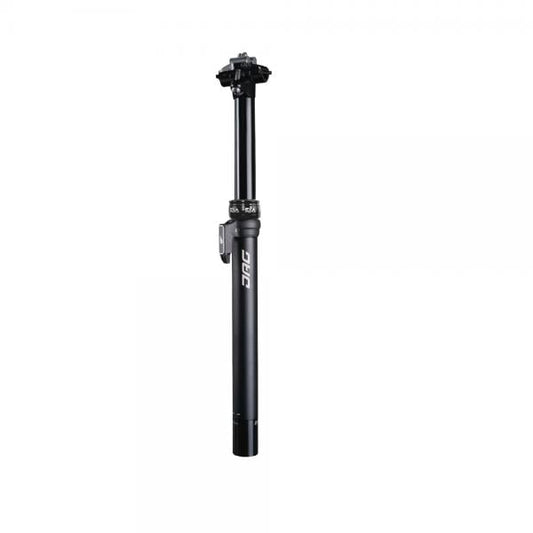
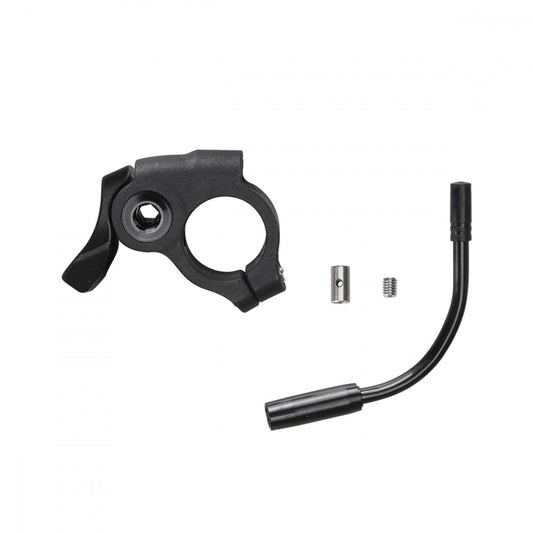
EXAFORM JAG External Telescopic Seatpost With Control
Regular price 129,90 €Regular priceUnit price per
















